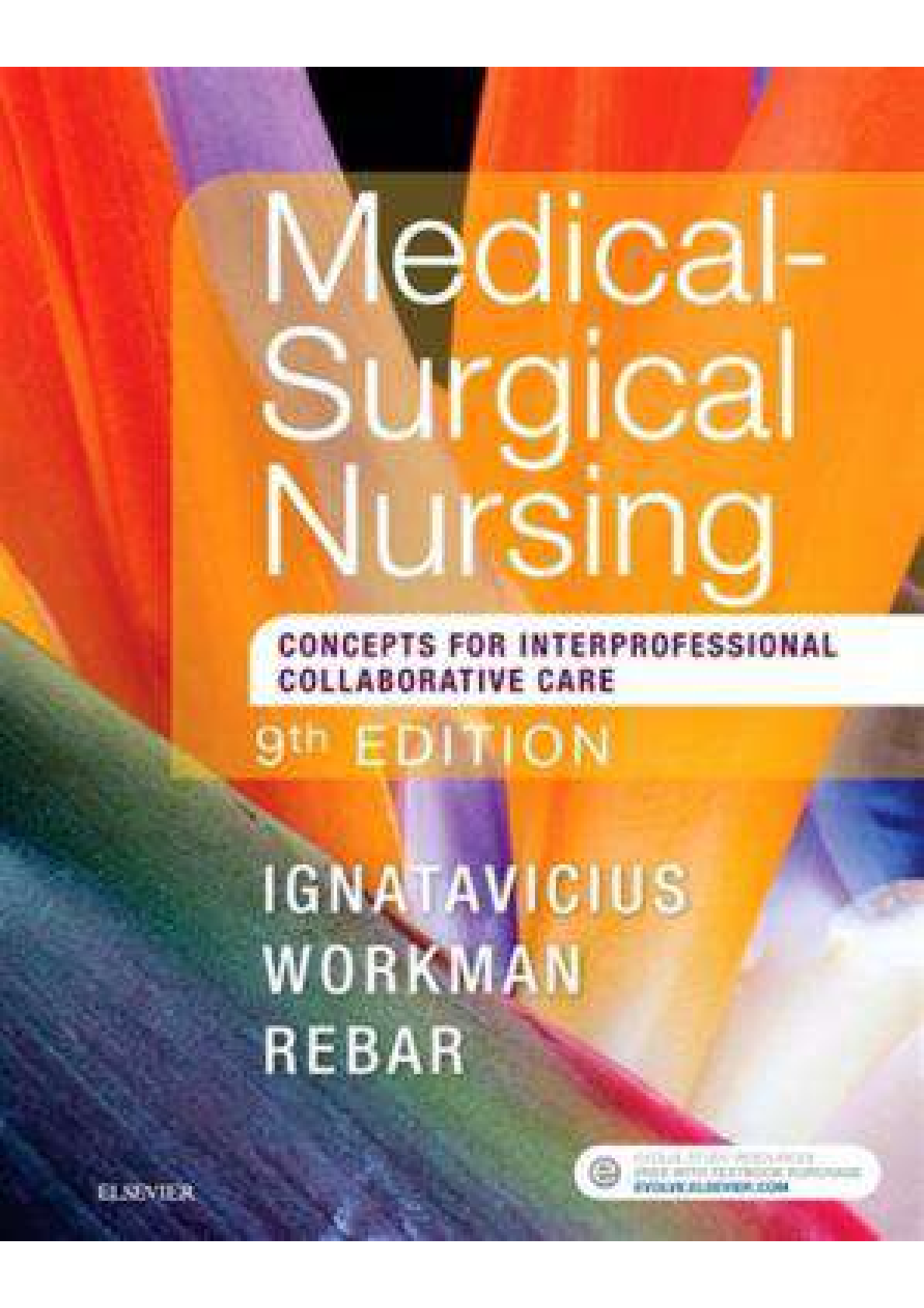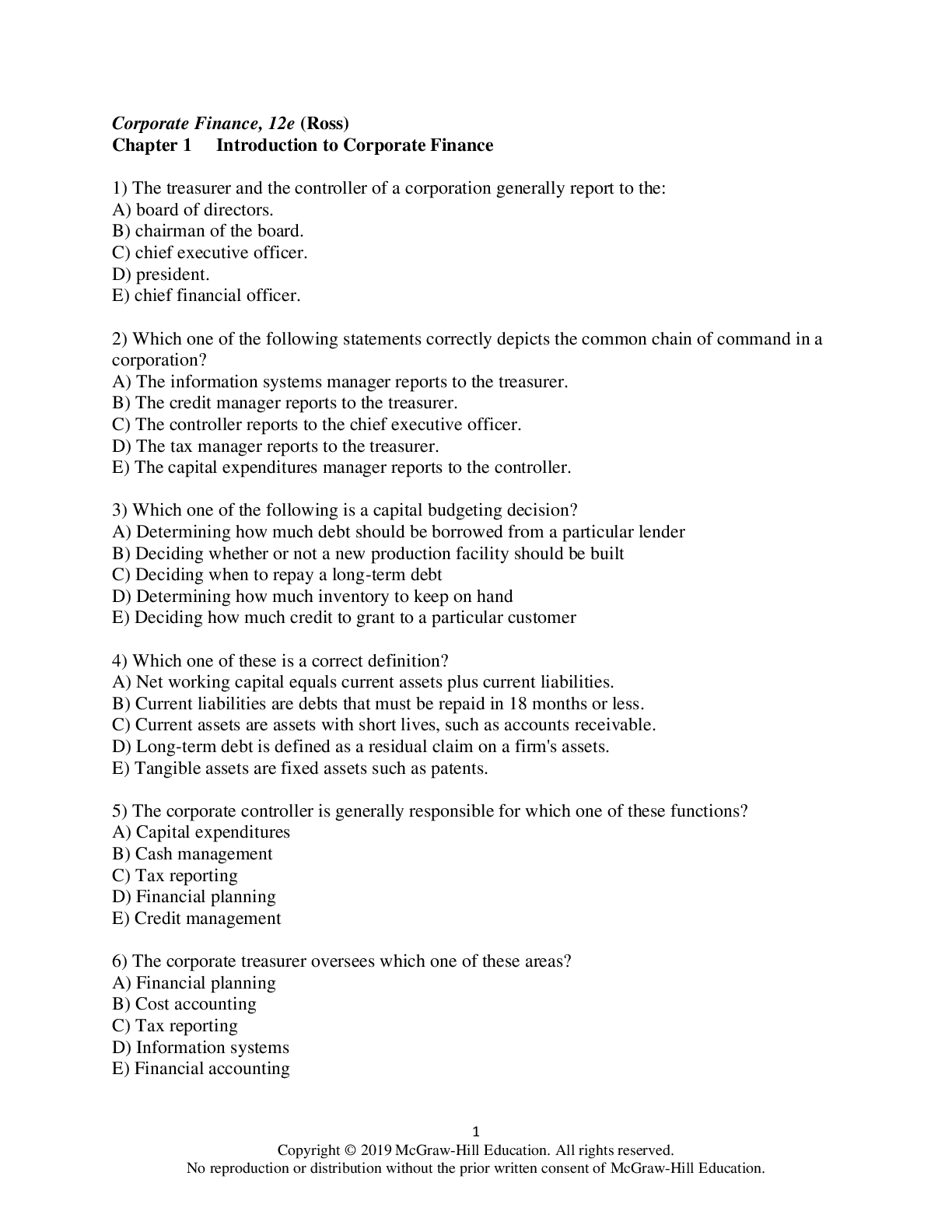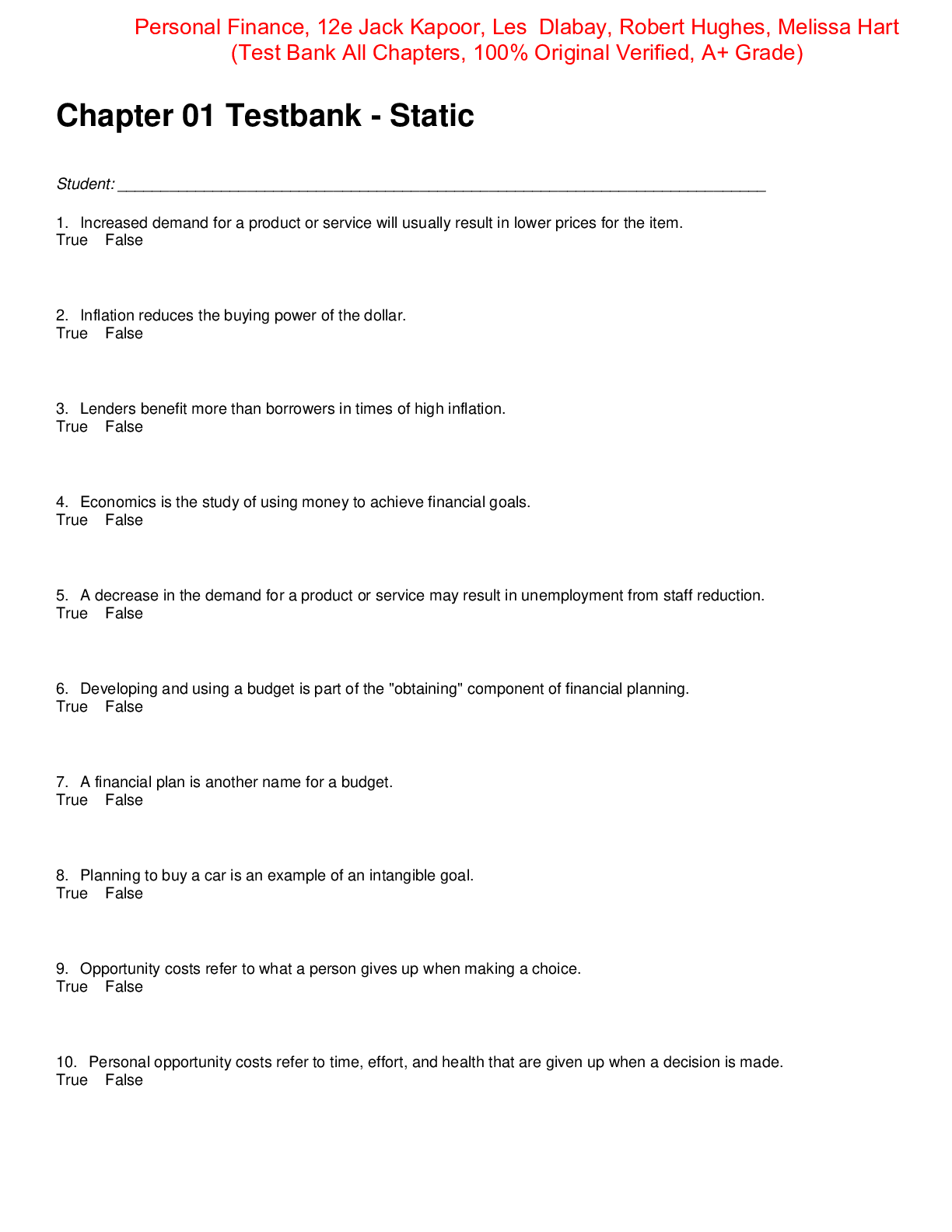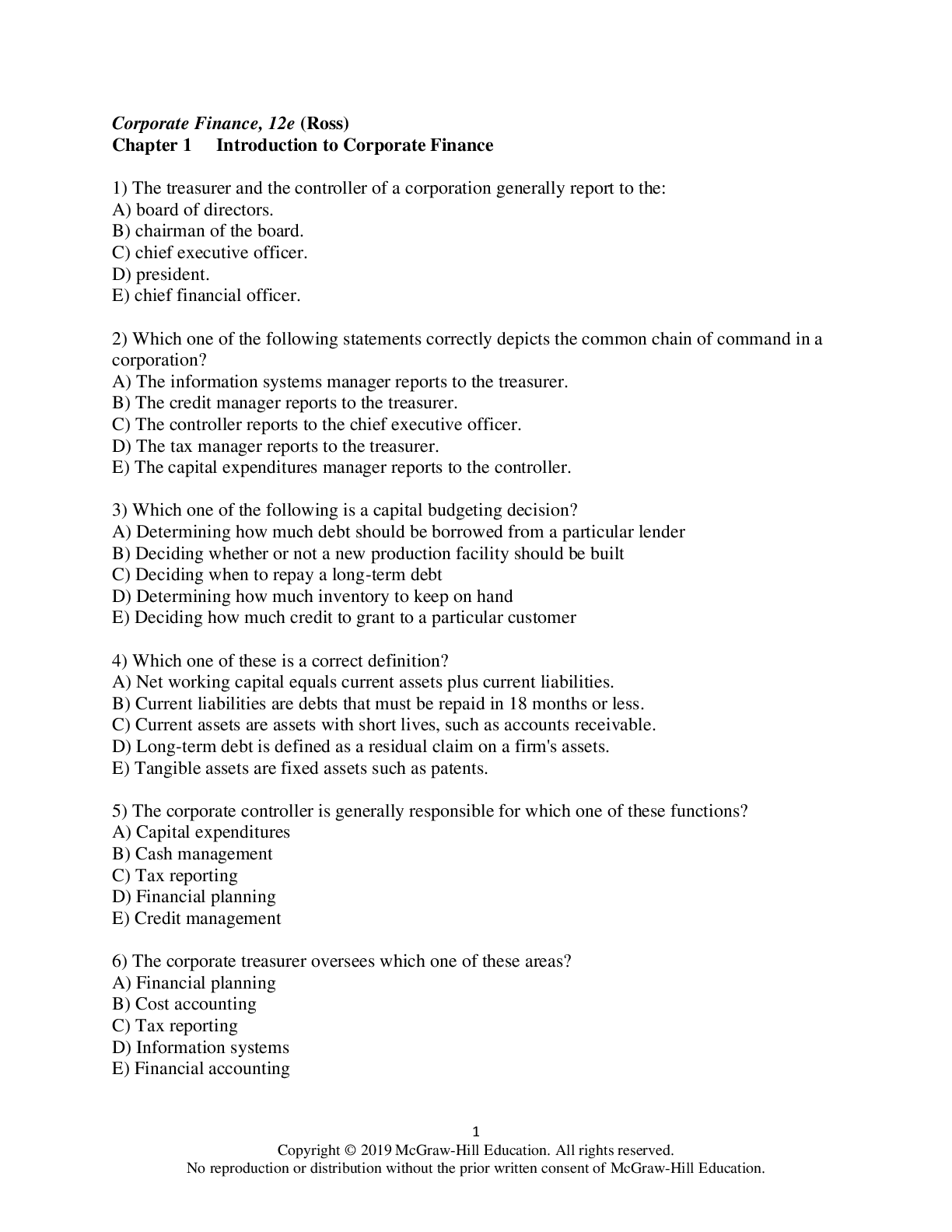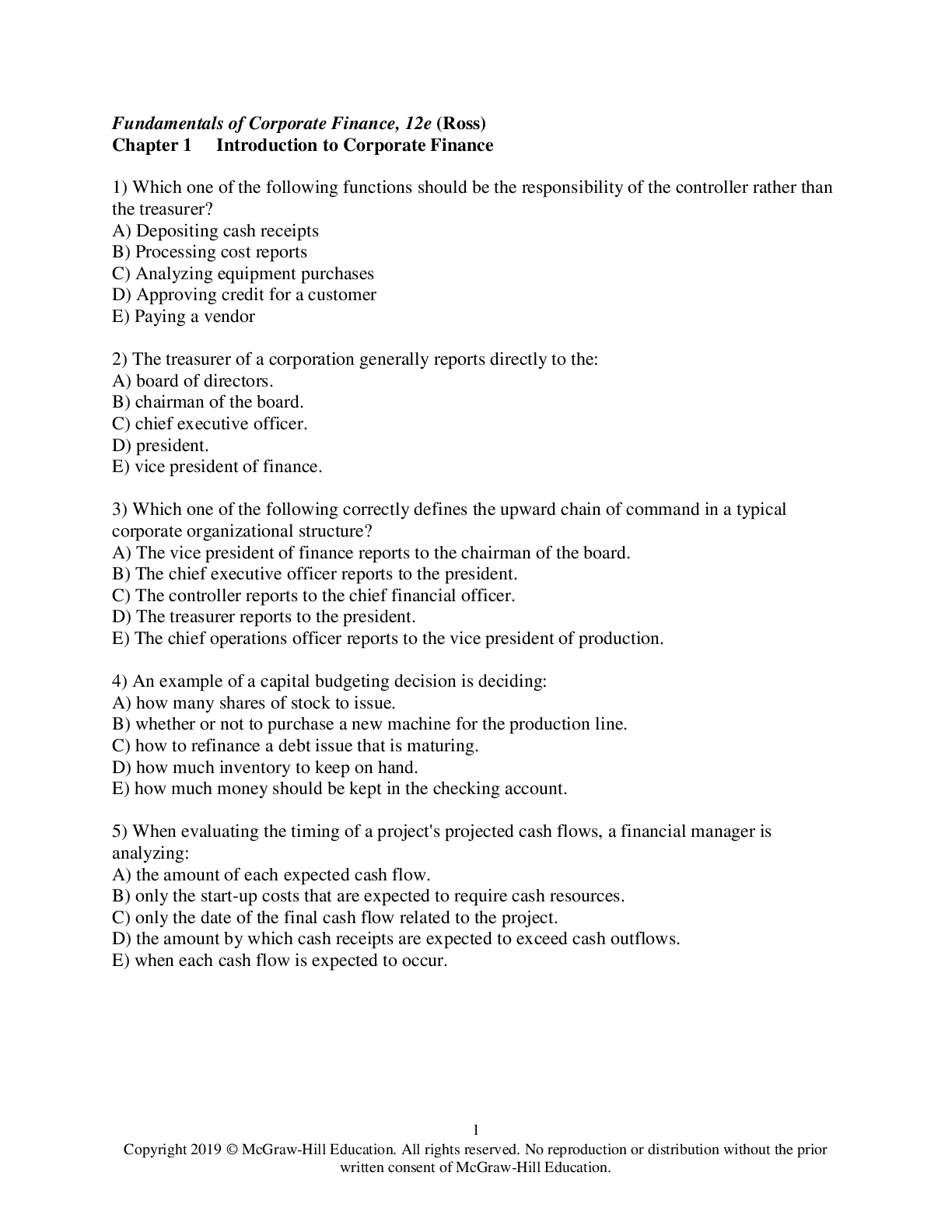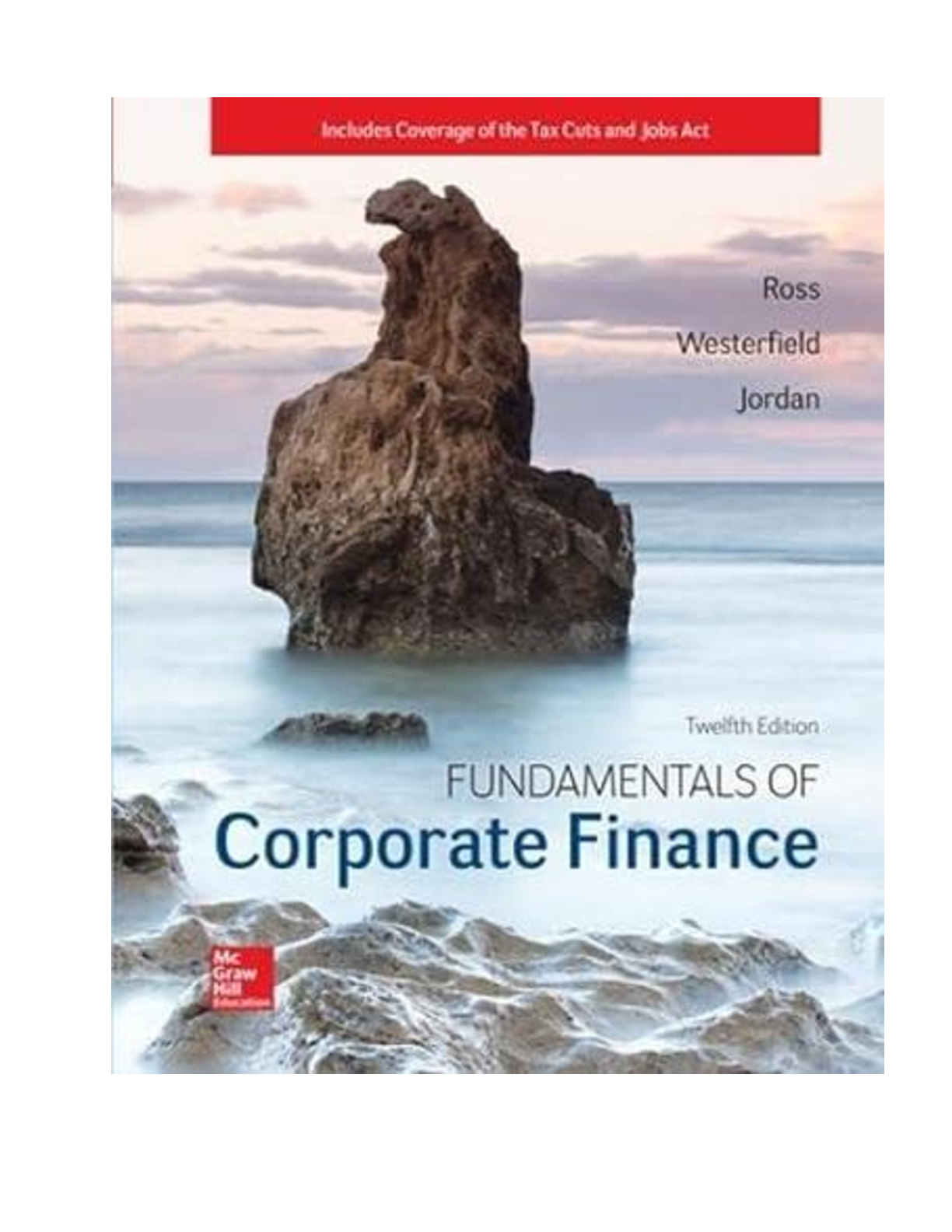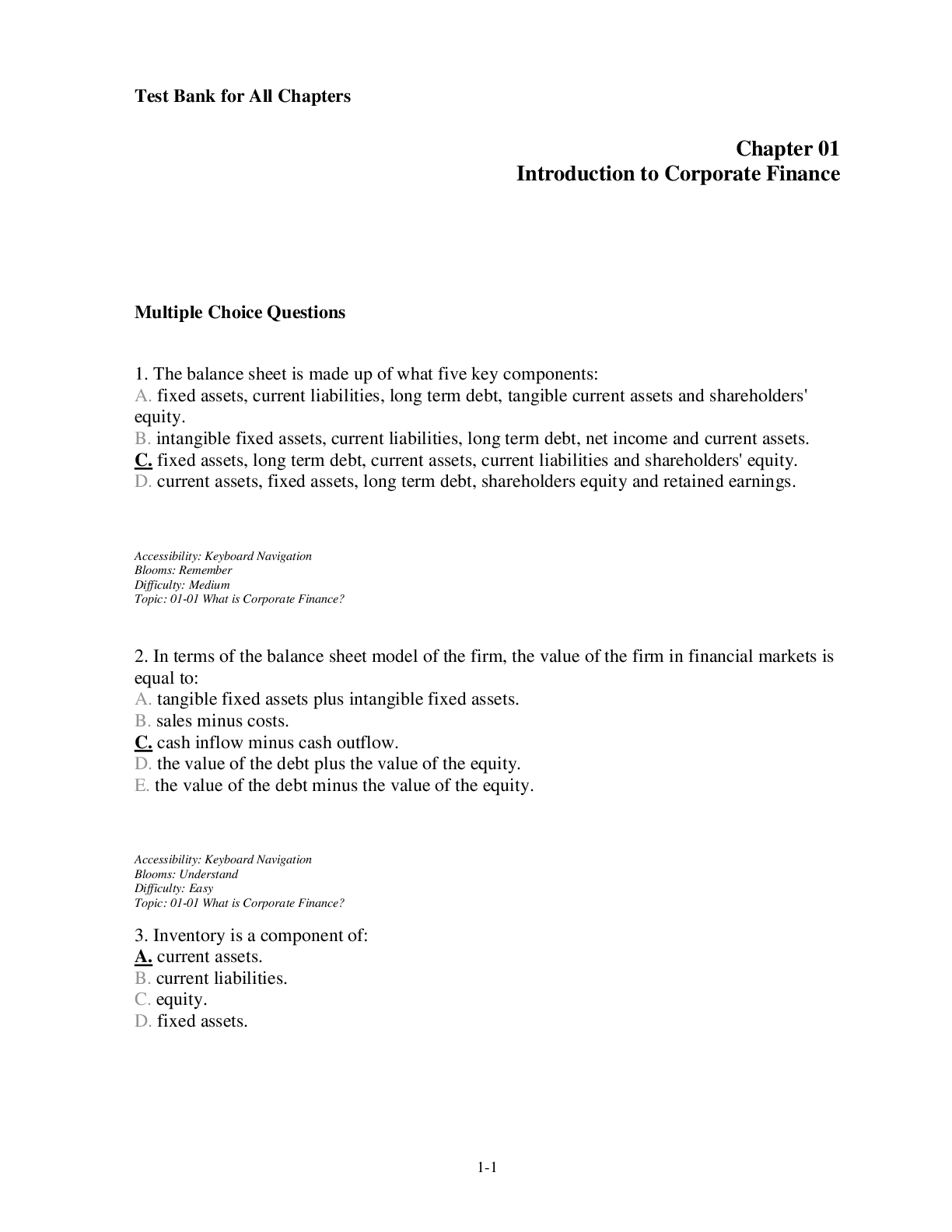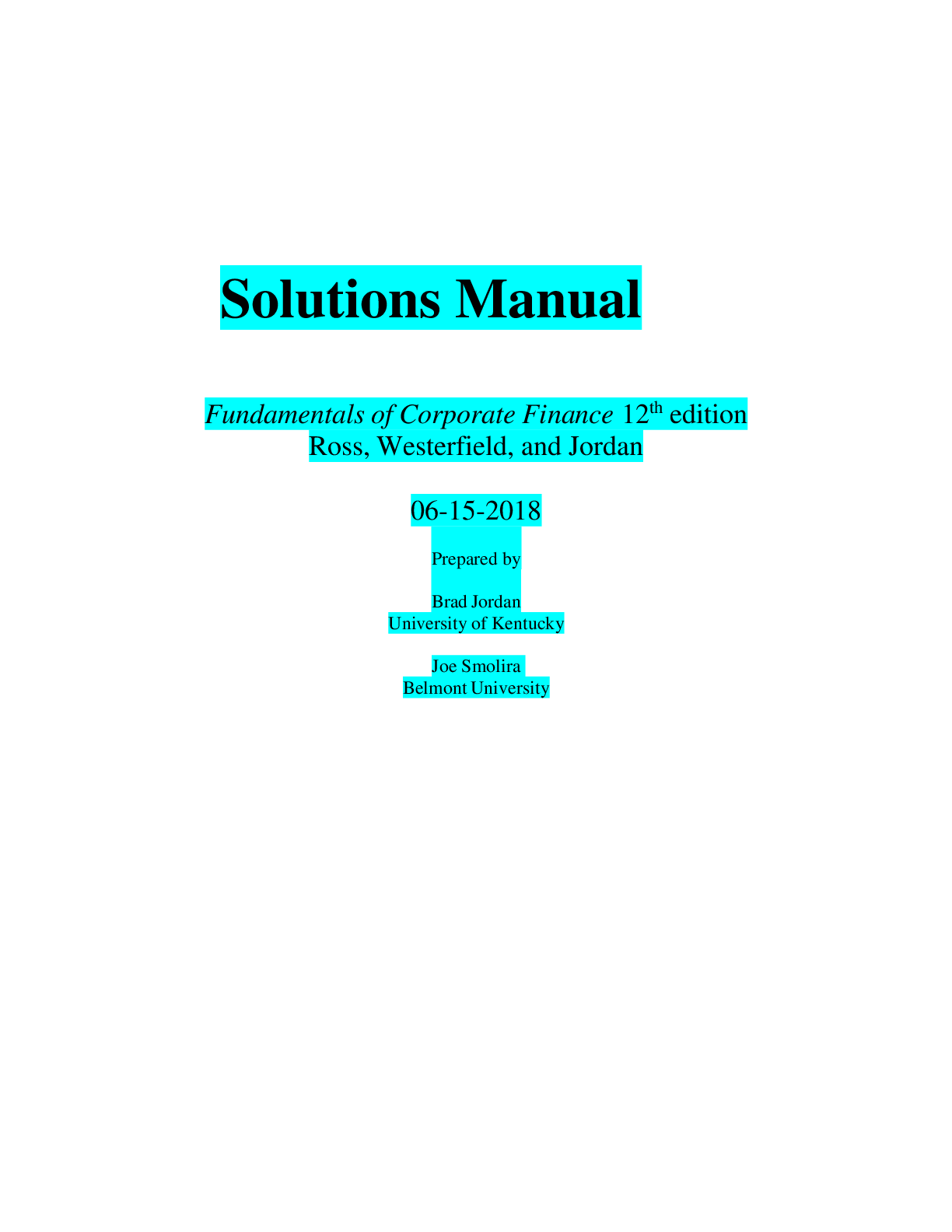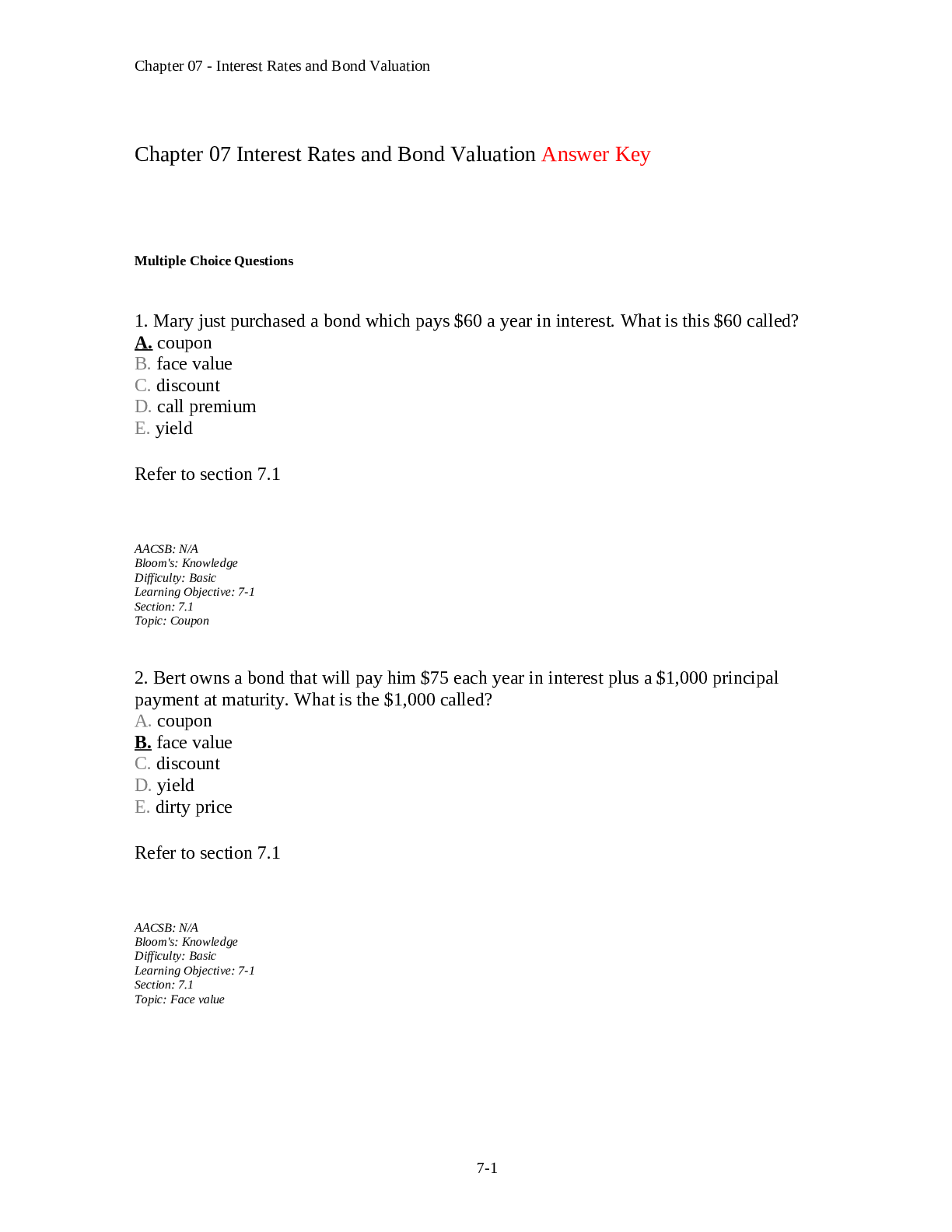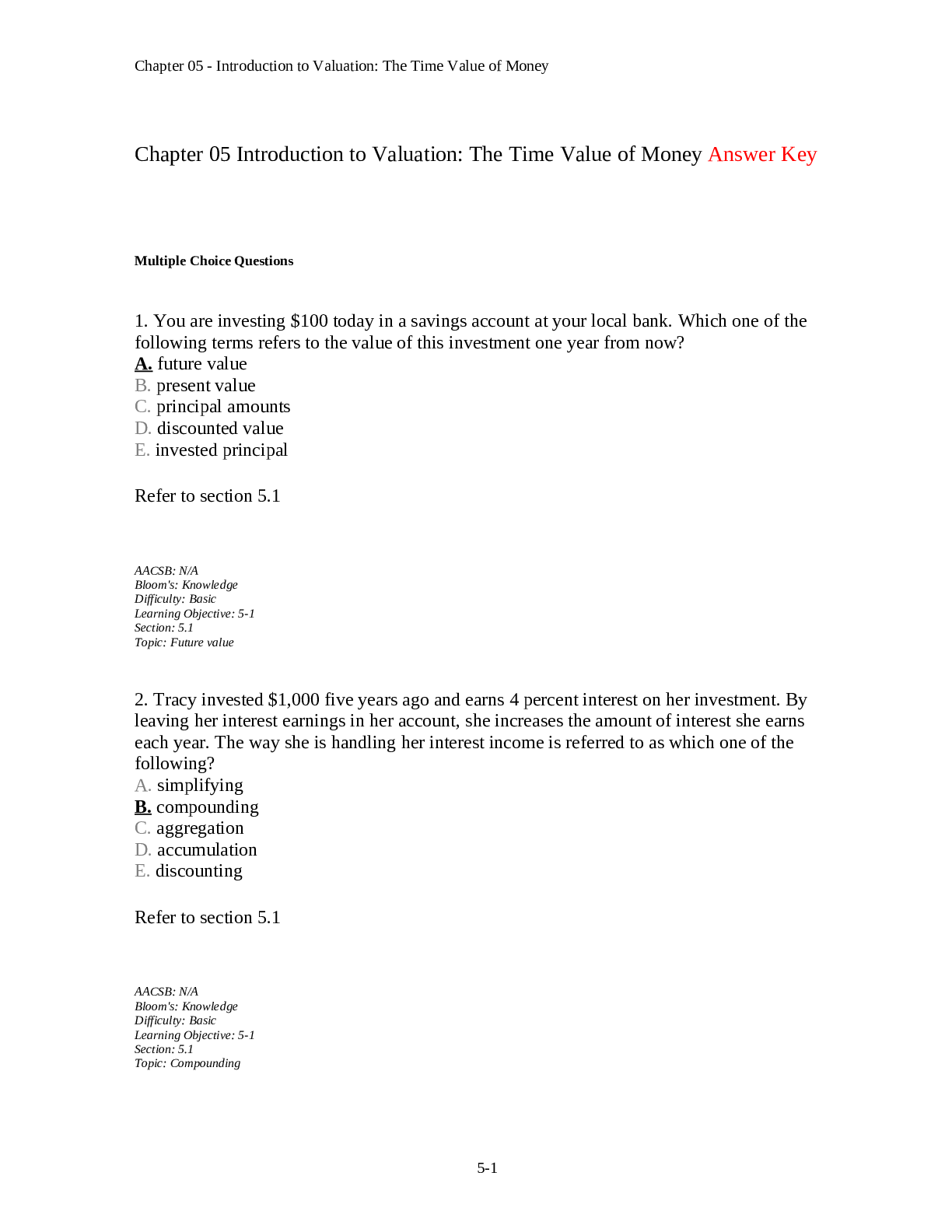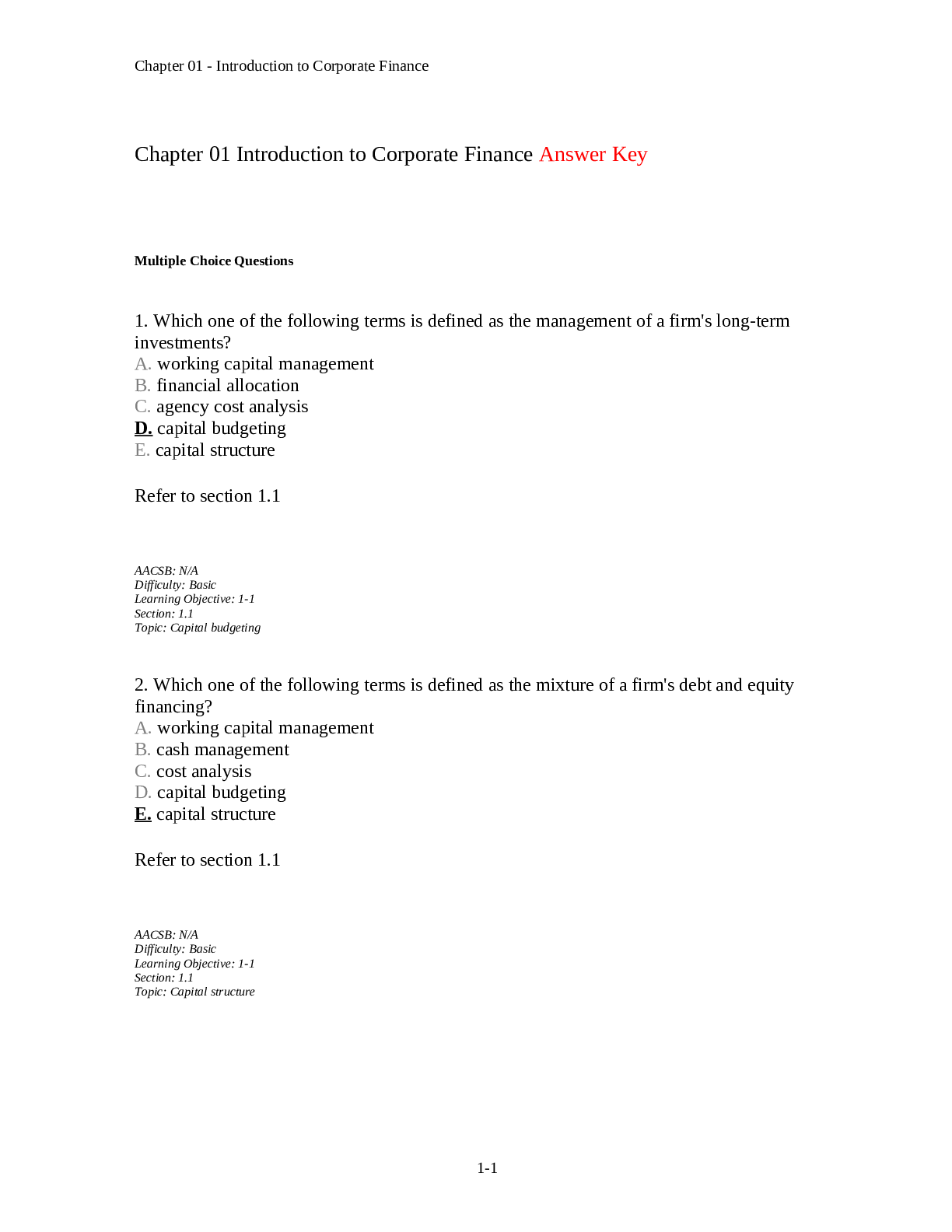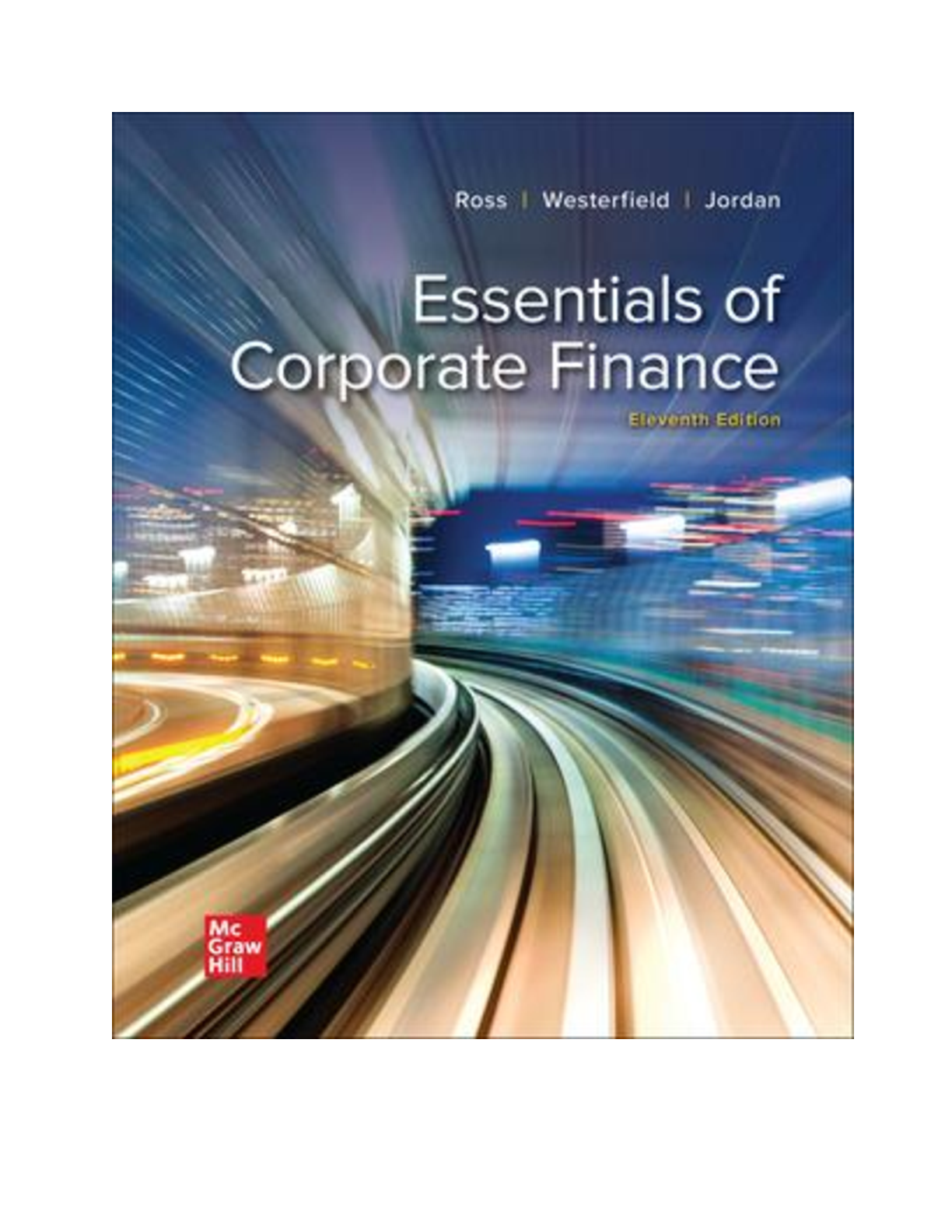Finance > TEST BANK > [Test Bank]Corporate Finance 12th Edition By Stephen Ross, Randolph Corporate Finance, 12e (Chapter (All)
[Test Bank]Corporate Finance 12th Edition By Stephen Ross, Randolph Corporate Finance, 12e (Chapter 3) Working with Financial Statements Answer Key
Document Content and Description Below
Chapter 03 Working with Financial Statements Answer Key Multiple Choice Questions 1. Activities of a firm which require the spending of cash are known as: A. sources of cash. B. uses of cash. C. ... cash collections. D. cash receipts. E. cash on hand. Refer to section 3.1 AACSB: N/A Difficulty: Basic Learning Objective: 3-1 Section: 3.1 Topic: Uses of cash 2. The sources and uses of cash over a stated period of time are reflected on the: A. income statement. B. balance sheet. C. tax reconciliation statement. D. statement of cash flows. E. statement of operating position. Refer to section 3.1 AACSB: N/A Difficulty: Basic Learning Objective: 3-1 Section: 3.1 Topic: Statement of cash flows 3-1 Chapter 03 - Working with Financial Statements 3. A common-size income statement is an accounting statement that expresses all of a firm's expenses as percentage of: A. total assets. B. total equity. C. net income. D. taxable income. E. sales. Refer to section 3.2 AACSB: N/A Difficulty: Basic Learning Objective: 3-1 Section: 3.2 Topic: Common-size statement 4. Which one of the following standardizes items on the income statement and balance sheet relative to their values as of a common point in time? A. statement of standardization B. statement of cash flows C. common-base year statement D. common-size statement E. base reconciliation statement Refer to section 3.2 AACSB: N/A Difficulty: Basic Learning Objective: 3-1 Section: 3.2 Topic: Common-base year statement 3-2 Chapter 03 - Working with Financial Statements 5. Relationships determined from a firm's financial information and used for comparison purposes are known as: A. financial ratios. B. identities. C. dimensional analysis. D. scenario analysis. E. solvency analysis. Refer to section 3.3 AACSB: N/A Difficulty: Basic Learning Objective: 3-2 Section: 3.3 Topic: Financial ratios 6. The formula which breaks down the return on equity into three component parts is referred to as which one of the following? A. equity equation B. profitability determinant C. SIC formula D. Du Pont identity E. equity performance formula Refer to section 3.4 AACSB: N/A Difficulty: Basic Learning Objective: 3-3 Section: 3.4 Topic: Du Pont identity 3-3 Chapter 03 - Working with Financial Statements 7. The U.S. government coding system that classifies a firm by the nature of its business operations is known as the: A. NASDAQ 100. B. Standard & Poor's 500. C. Standard Industrial Classification code. D. Governmental ID code. E. Government Engineered Coding System. Refer to section 3.5 AACSB: N/A Difficulty: Basic Learning Objective: 3-4 Section: 3.5 Topic: SIC codes 8. Which one of the following is a source of cash? A. increase in accounts receivable B. decrease in notes payable C. decrease in common stock D. increase in accounts payable E. increase in inventory Refer to section 3.1 AACSB: N/A Difficulty: Basic Learning Objective: 3-1 Section: 3.1 Topic: Source of cash 3-4 Chapter 03 - Working with Financial Statements 9. Which one of the following is a use of cash? A. increase in notes payable B. decrease in inventory C. increase in long-term debt D. decrease in accounts receivables E. decrease in common stock Refer to section 3.1 AACSB: N/A Difficulty: Basic Learning Objective: 3-1 Section: 3.1 Topic: Use of cash 10. Which one of the following is a source of cash? A. repurchase of common stock B. acquisition of debt C. purchase of inventory D. payment to a supplier E. granting credit to a customer Refer to section 3.1 AACSB: N/A Difficulty: Basic Learning Objective: 3-1 Section: 3.1 Topic: Source of cash 3-5 Chapter 03 - Working with Financial Statements 11. Which one of the following is a source of cash? A. increase in accounts receivable B. decrease in common stock C. decrease in long-term debt D. decrease in accounts payable E. decrease in inventory Refer to section 3.1 AACSB: N/A Difficulty: Basic Learning Objective: 3-1 Section: 3.1 Topic: Source of cash 12. On the Statement of Cash Flows, which of the following are considered financing activities? I. increase in long-term debt II. decrease in accounts payable III. interest paid IV. dividends paid A. I and IV only B. III and IV only C. II and III only D. I, III, and IV only E. I, II, III, and IV Refer to section 3.1 AACSB: N/A Difficulty: Basic Learning Objective: 3-1 Section: 3.1 Topic: Statement of cash flows 3-6 Chapter 03 - Working with Financial Statements 13. On the Statement of Cash Flows, which of the following are considered operating activities? I. costs of goods sold II. decrease in accounts payable III. interest paid IV. dividends paid A. I and III only B. III and IV only C. I, II, and III only D. I, III, and IV only E. I, II, III, and IV Refer to section 3.1 AACSB: N/A Difficulty: Basic Learning Objective: 3-1 Section: 3.1 Topic: Statement of cash flows 14. According to the Statement of Cash Flows, a decrease in accounts receivable will _____ the cash flow from _____ activities. A. decrease; operating B. decrease; financing C. increase; operating D. increase; financing E. increase; investment [Show More]
Last updated: 11 months ago
Preview 1 out of 59 pages

Reviews( 0 )
Document information
Connected school, study & course
About the document
Uploaded On
Jul 03, 2021
Number of pages
59
Written in
Additional information
This document has been written for:
Uploaded
Jul 03, 2021
Downloads
0
Views
53

.png)
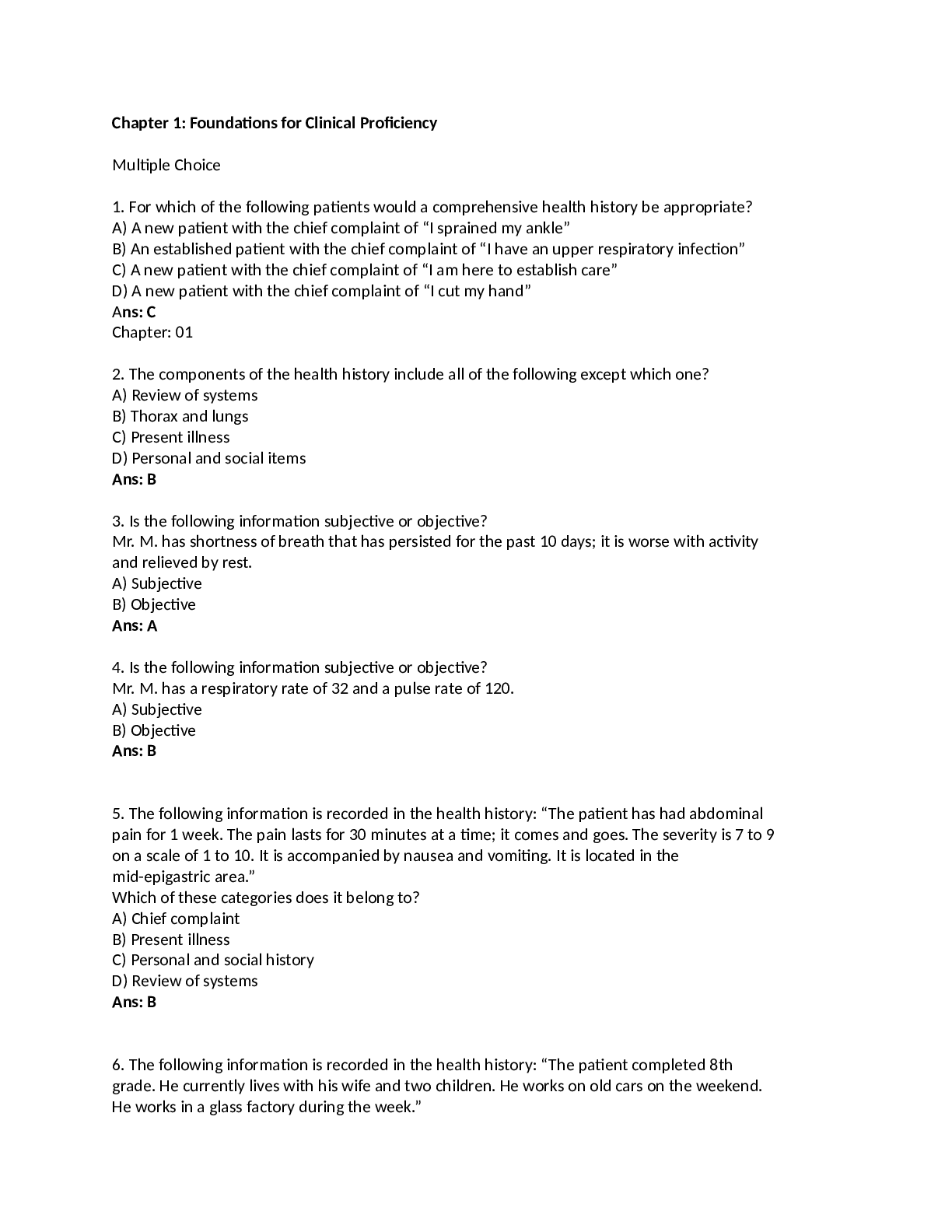

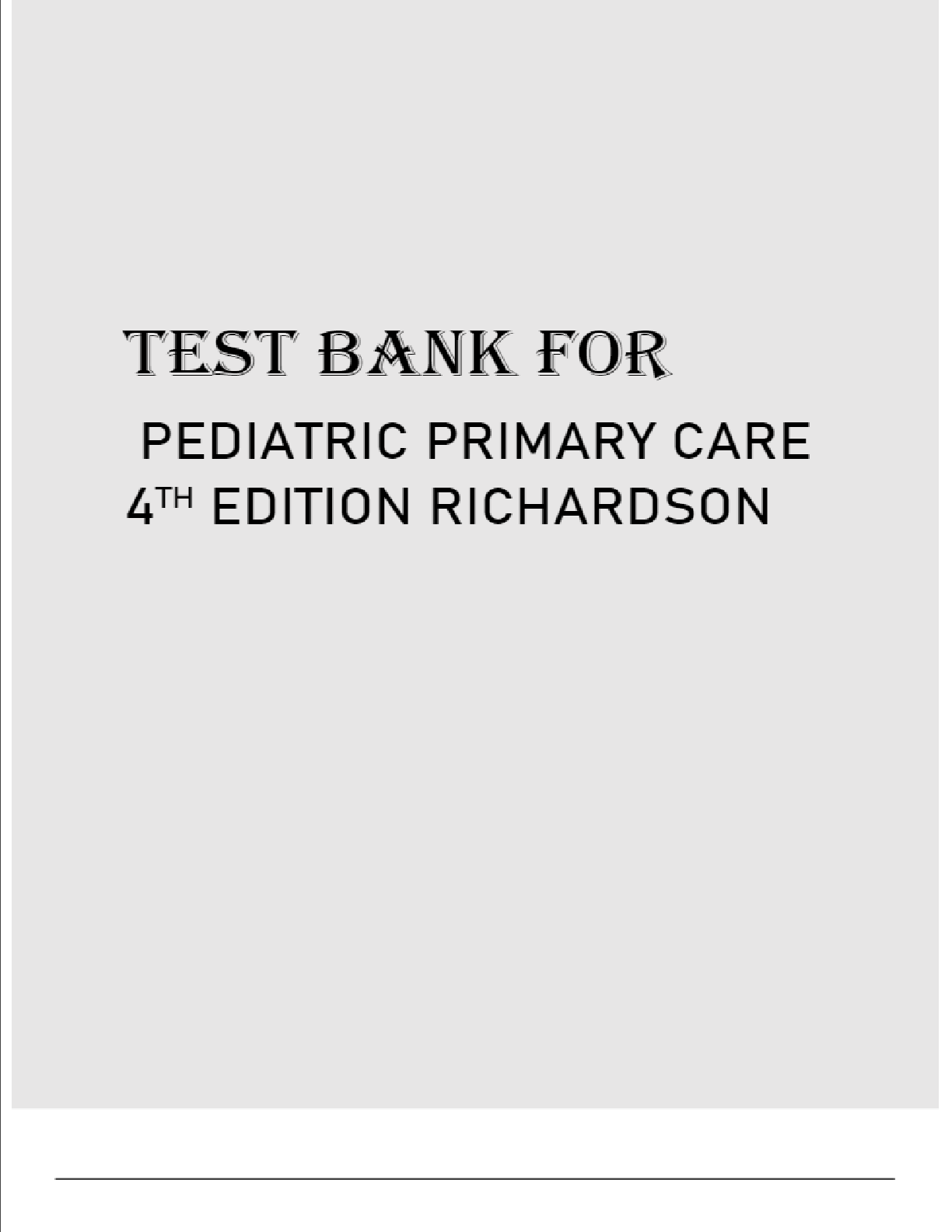





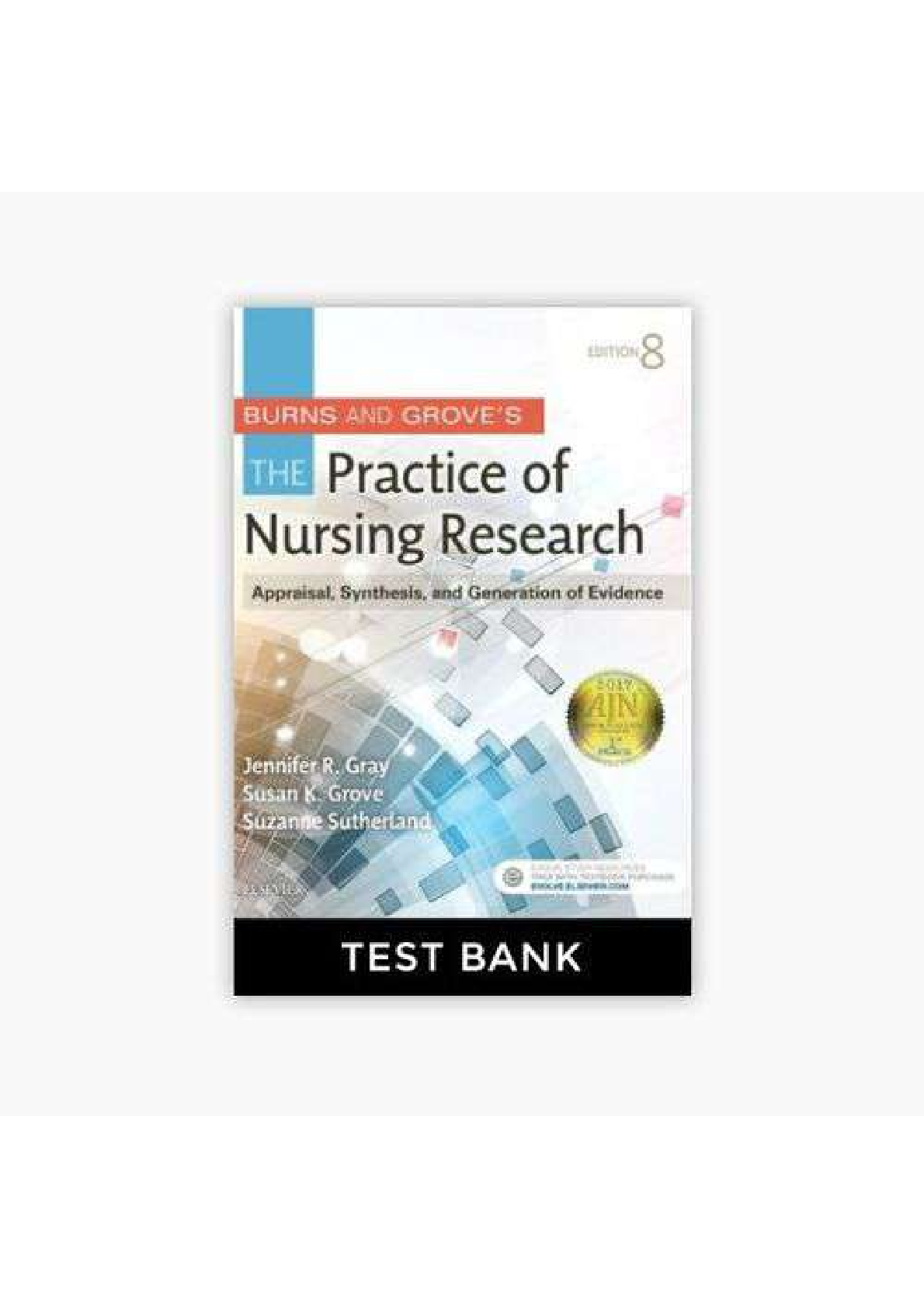
.png)

